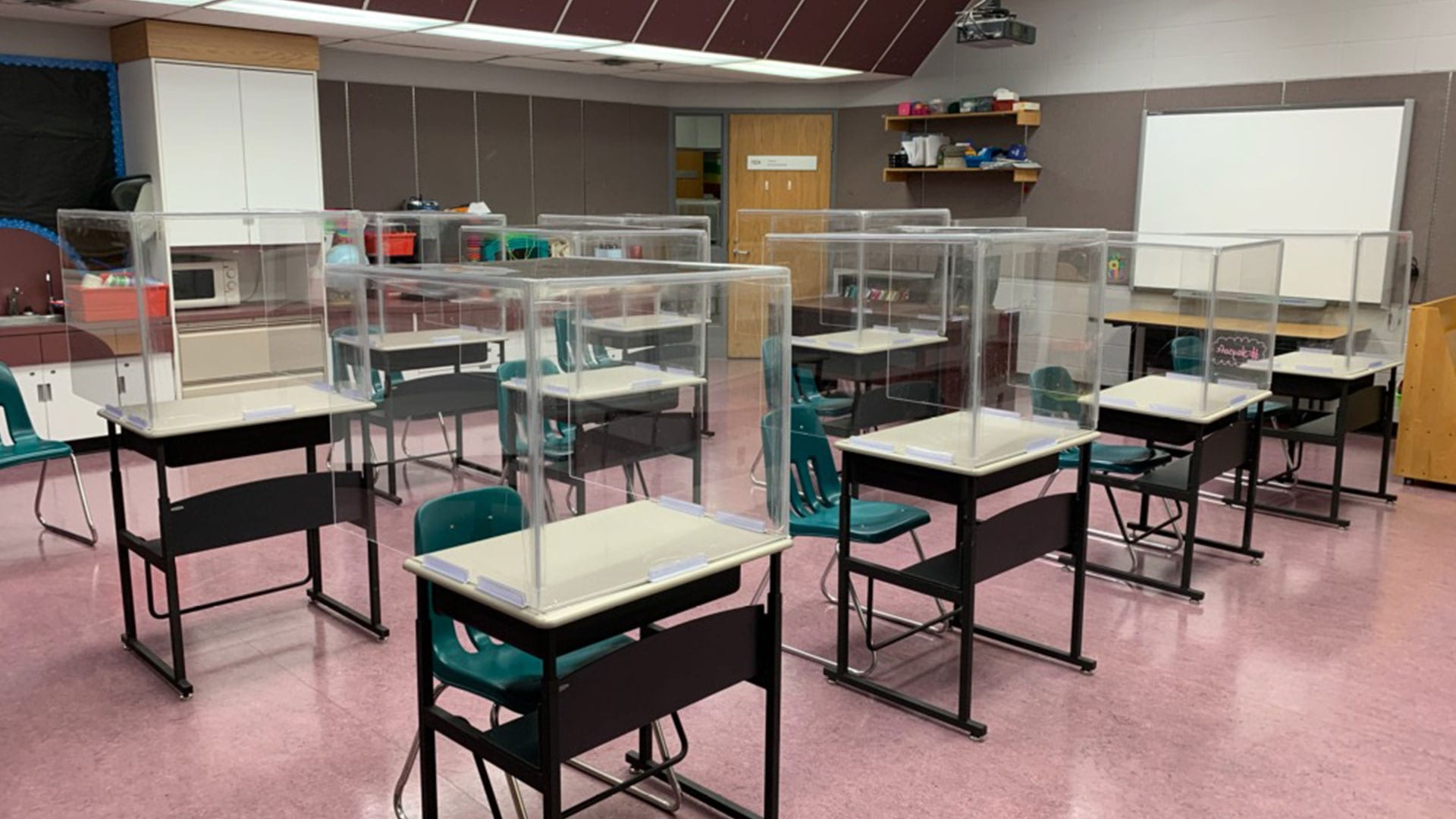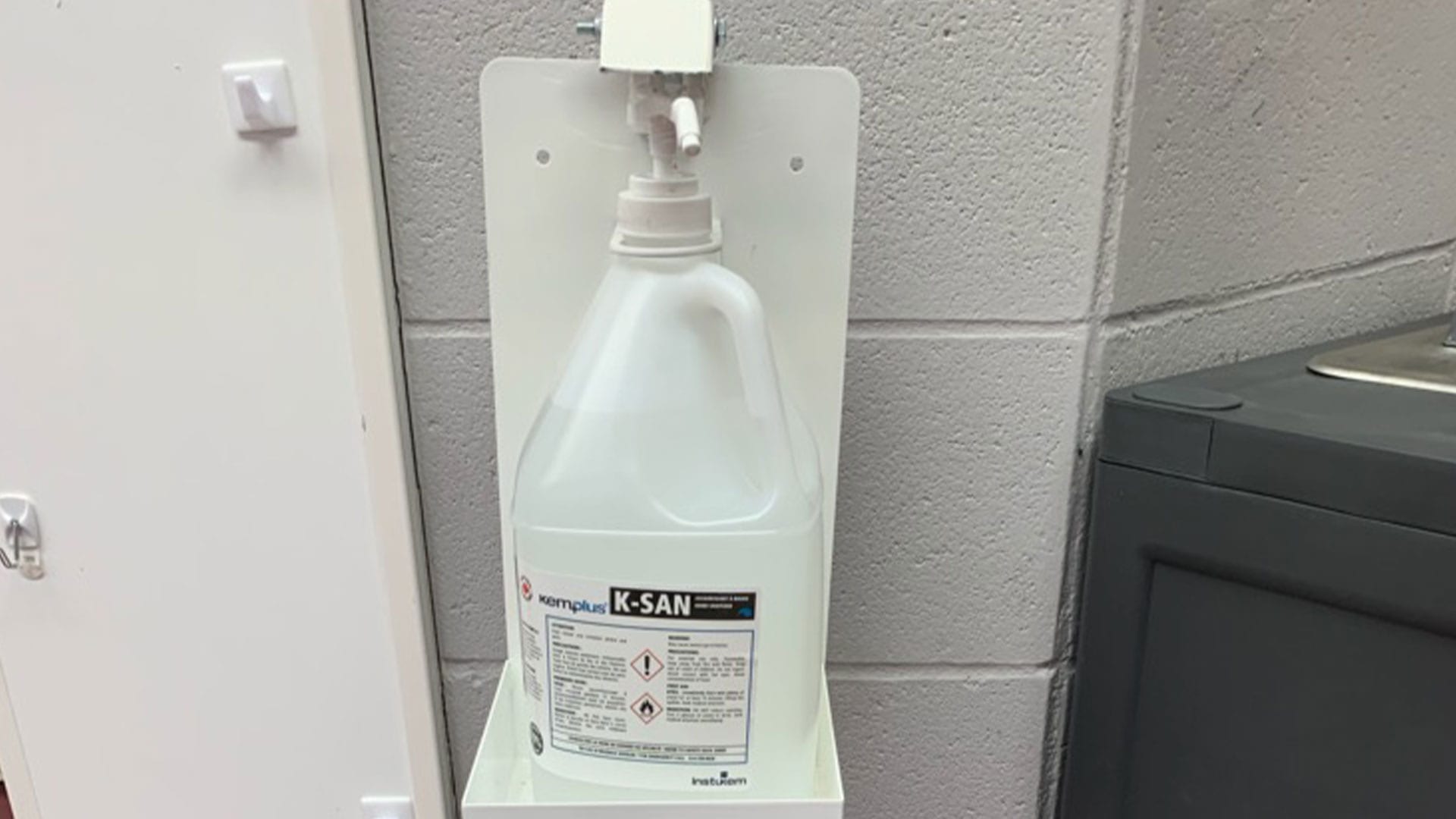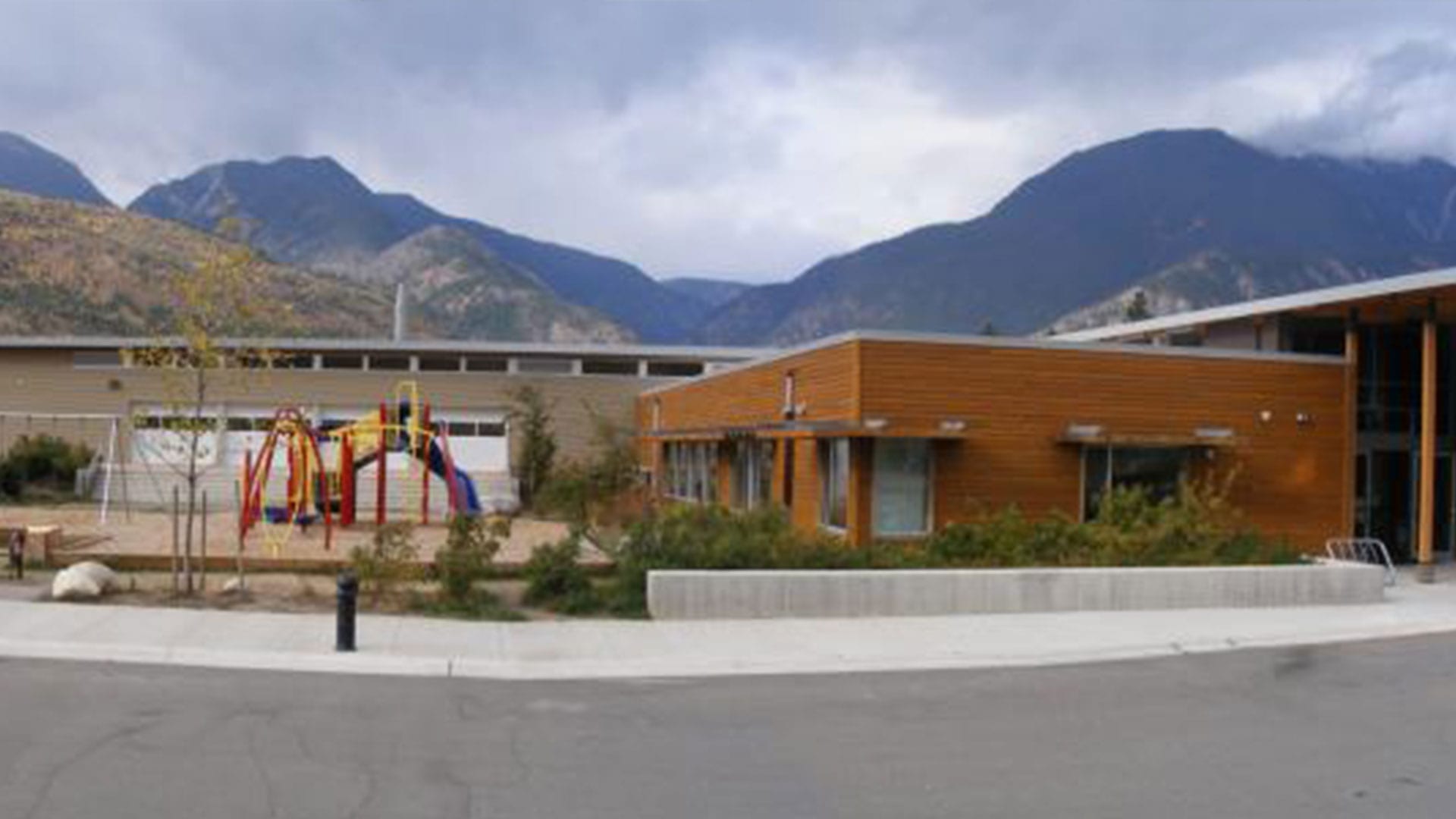September signals the start of a new school year.
But instead of the usual crowded classrooms, students will find themselves adapting to a new normal.
APTN News checked in with educators and First Nations leadership in western and northern Canada to hear how they are preparing for the new normal.
Manitoba
There are some feelings of fear and anxiety, according to Charles Cochrane, executive director of the Manitoba First Nations Education Resource Centre (MFNERC), which oversees 11 First Nations schools in the province.
In the past few weeks active cases have soared to the point where the government has reinstated a ban for all non-essential travel past the 53rd parallel.
Manitoba is one of the few provinces with no cases of COVID-19 on a First Nation, however there recently was a new case found in the northern town of Gillam near Fox Lake Cree Nation.
“Certainly the numbers and the spiking numbers that we see on a daily now actually provides that fear,” Cochrane told APTN.
“We’ve been fortunate in First Nations that we haven’t had those outbreaks or cases, and that’s actually the way we want to leave it.”

Cochrane said three of the 11 schools they oversee have already decided not to return next week – instead opting for remote learning options.
MFNERC operates Wapaskwa Virtual College, an online resource for high school students to complete schooling while staying in the community. The First Nations under MFNERC’s school system do not have high schools so students either have to leave to an urban setting or take virtual classes.
Cochrane believes with the virtual college already in place transitioning to online learning will be easier for the students.
Also in the province at least one school in the north won’t be going back, according to Reg Klassen, superintendent for Frontier School Division.
“Communities want to be safe and we know that in the north we often have more people living per square foot because of the cost of housing, so to get a case of COVID-19 into one of our small communities would mean that it might spread rather quickly,” said Klassen.
The division is the largest in Manitoba encompassing most of the north. They are in charge of 42 schools and have 15 education agreements with First Nations.
Klassen says the biggest challenges have been coordinating bus schedules for the 90 per cent of students who use the bus and coming up with a way to accommodate teachers who have to fly into communities and self-isolate.
He estimates this amounts to about 25 per cent of the 600 teachers employed with the division.
“This is unknown territory. We go where no person has gone before in a sense so we need to be mindful that each community has a different comfort level,” said Klassen.
Both Cochrane and Klassen emphasize this is the time to shift to land-based learning and cultural teachings – something the schools will be offering more of this fall.
“I always say our Anishinaabe people are resilient…we’re here today as still being strong people. We can manage this,” said Cochrane.
Saskatchewan
In Saskatchewan kids head back to school beginning Sept. 8, but for Pasqua First Nation that’s being delayed until October.
“We’re trying to accommodate our students and the educational needs as best we can, as safely as we can,” Chief Matthew Todd Peigan told APTN.
Peigan added the community is waiting to see the outcomes of the province’s start date.
Pasqua hasn’t had any cases but Peigan says even one would be too many.
The community began preparing for back to school months ago using the resources they have they came up with clear, plexiglass dividers they have dubbed “sugar cubes.”

Pasqua owns Pro Metal Industries, a metal fabrication company based in Regina that shifted to making personal protective equipment when the pandemic hit in March.
“Our company is manufacturing the equipment we need and now we created a reopening toolkit for any schools that require it,” said Peigan.
The community has gained national coverage with the creation of the sugar cubes but Peigan says the idea came from a version of the cubes Taiwan incorporated in their schools earlier this year.
Pro Metal Industries is now working with nine other schools to get more cubes in the classrooms.
The company has also created hand sanitizer and washing stations with foot pumps.
Yukon
Before classes could commence last month in the Yukon teachers had to come up with viable way to enforce physical distancing measures.
For Kari Unrau, a Grade 3 teacher at Elijah Smith Elementary School in Whitehorse, that meant a trip to the local Wal-Mart.
In the school’s classrooms clear shower curtains hang in between some of the desk to act as a barrier.

Unrau had to get creative when coming up with solutions for her students.
“I tried making things out of pipes and shields. This shower curtain thing just happened to be the quickest, most effective and cheapest way to put kids together with a boundary that they can still communicate with,” Unrau told APTN.
The territory has fared relatively well in COVID-19 cases since the pandemic hit.
They have only had 15 cases total, and with this new set up they hope to keep it that way.
British Columbia
In British Columbia students are preparing to head back to school next week, but one First Nations school has already been back for more than a month.
Stein Valley Nlakapamux School services seven First Nations in the southern interior region of the province. They opened classroom doors on July 27.

“We decided that it was really too disruptive for our students to go through another year of chaos…so what we decided to do was to take a look at what our classrooms could actually physically hold,” said school administrator Edith Loring-Kuhanga.
The school normally operates year round with special breaks throughout the year to line up with culturally significant times for the Nlaka’pamux people but in Spring had to switch to remote learning as cases rose in B.C at the time.
When they reopened they did so with alternating school days and reduced class sizes of 12 to 15 students. Children are also screened three times before they step into the school.
Loring-Kuhanga says the school board has had to spend about $300,000 more this year to accommodate the “new normal.”
They were able to get additional funding through grants and other sources, she added.
The federal government announced $112 million for First Nations schools but it is yet unclear how that money will be distributed.
Even with the extra protocols Loring-Kuhanga believes students should be physically in the classroom saying they are the best places for students.
“Schools are the ones that are the safe place to be, and also generally speaking the place they get health and nutrition, they get emotional support and they get academic learning,” she said.
“It’s more than just a school.”
With files from Luke Smith and Priscilla Wolf










